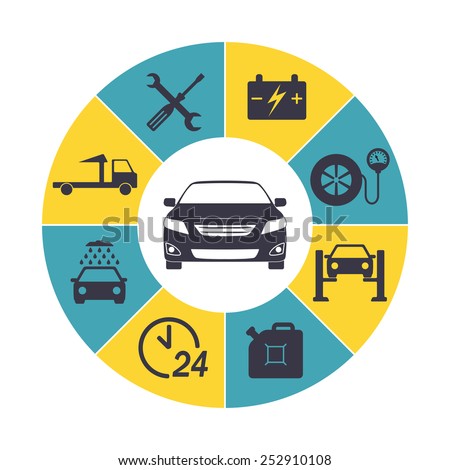Open The Hood To Uncover Common Brake System Problems And Their Solutions, However What Concerning Spongy Brake Pedals? Figure Out The Service In Advance! Find Out More Listed Below
Open The Hood To Uncover Common Brake System Problems And Their Solutions, However What Concerning Spongy Brake Pedals? Figure Out The Service In Advance! Find Out More Listed Below
Blog Article
Write-Up By-Spence Dean
When it pertains to your car's brake system, understanding common concerns can conserve you from possible safety and security risks. From identifying brake pad wear to dealing with brake liquid leaks, understanding just how to deal with these issues is essential. However what regarding those squishy brake pedals? There's a solution for that as well. Stay tuned to learn more regarding these problems and the sensible options that can keep you securely when driving.
Brake Pad Use and Replacement
When it pertains to keeping your vehicle's brake system, one crucial aspect to watch on is the wear and substitute of brake pads. Brake pads are crucial parts that push against the brake blades to slow down or quit your car. Gradually, these pads wear down because of rubbing, calling for normal examination and substitute to ensure your brakes operate effectively.
To establish if your brake pads require replacement, listen for shrieking or grinding sounds when you apply the brakes. In addition, if your car takes longer to quit or you discover resonances or pulsations when stopping, it might be time to change the brake pads.
Ignoring used brake pads can result in lowered braking performance, damages to other brake elements, and even brake failure.
Replacing brake pads is a relatively simple procedure for numerous cars. Nevertheless, if you're uncertain or uneasy executing this job, it's finest to speak with an expert technician to make certain correct setup and ideal brake performance.
Routinely checking and replacing brake pads is vital for your safety and the durability of your car's stopping system.
Brake Liquid Leaks and Maintenance
To guarantee your vehicle's brake system works efficiently, it's important to additionally pay attention to brake fluid leakages and maintenance. Brake liquid is critical for sending the force from your foot on the brake pedal to the real stopping device. One typical issue with brake liquid is leaks, which can happen because of deteriorated brake lines, seals, or connections. If you discover a puddle or trickles under your car, it's important to deal with the leakage immediately to avoid a potential brake failure.
Regularly examining your brake liquid degree is key to preserving your brake system. Low brake liquid can lead to air going into the brake lines, which endangers braking performance.
In addition, old or infected brake liquid can impact the total efficiency of your brakes. It's suggested to follow the maker's standards on when to change the brake fluid, normally every 2 years.
Spongy Brake Pedal: Blood Loss Brakes
If you've ever experienced a squishy brake pedal while driving, you recognize the importance of keeping a company and receptive stopping system. One usual source of a squishy brake pedal is air entraped in the brake lines. When aaa approved auto repair shops near me gets in the brake system, it can cause a loss of hydraulic stress, resulting in that unsettling mushy feeling when you push the brake pedal.
To settle https://www.cleveland19.com/2022/07/19/police-man-wanted-after-breaking-stealing-cleveland-auto-repair-shop/ , bleeding the brakes is necessary. Hemorrhaging the brakes entails removing the air from the brake lines to recover appropriate hydraulic pressure.
To bleed the brakes, you'll need a helper to aid you. Beginning by locating the brake bleeder valve on each wheel, usually found near the brake caliper. With a wrench, loosen the shutoff and have your helper press the brake pedal while you observe any kind of air bubbles appearing. Repeat this process for each and every wheel, beginning with the wheel farthest from the master cyndrical tube and relocating closer.
Once you no more see air bubbles and just clear fluid emerges, tighten up the valve and top up the brake liquid reservoir as required. Hemorrhaging the brakes helps make sure a company brake pedal and enhances overall braking efficiency.
Conclusion
Now that you comprehend typical brake issues and exactly how to fix them, you can guarantee your automobile's safety and performance. Keep in mind to pay attention for indication like screeching noises or squishy brake pedals, and address them promptly. relevant website and timely substitutes are key to maintaining your brakes in top problem. Remain aggressive and attentive to your brake system to delight in risk-free and dependable driving experiences.
